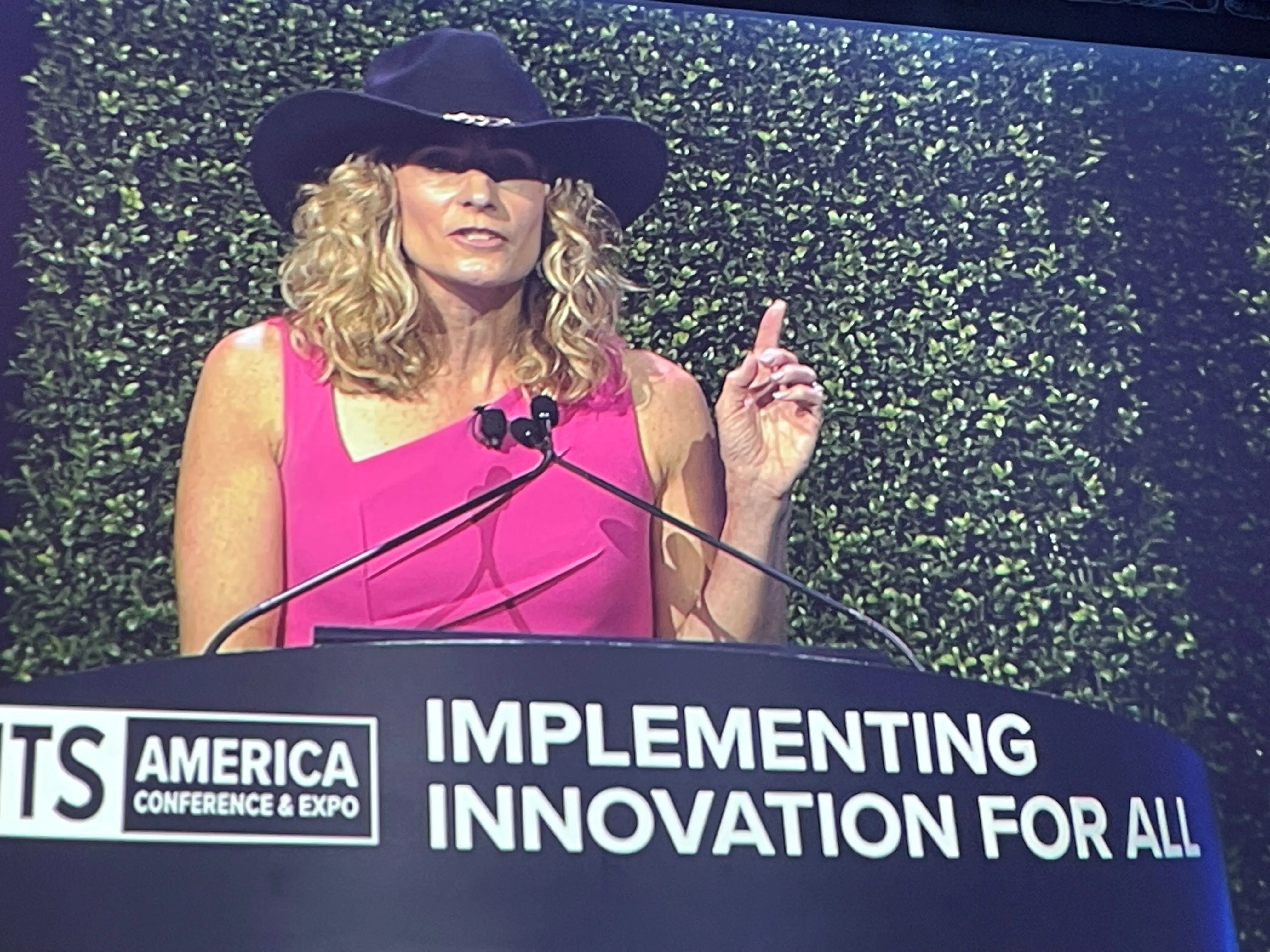
ITS America president & CEO Laura Chace urged the ITS sector to consider carefully how they would help to make US roads safer.
Around 40,000 people die on US roads each year.
"What is your plan to save lives?" Chace asked delegates at a packed first plenary session at ITS America's Conference & Expo in Grapevine, TX. "We're all in this together."
She welcomed the Federal Communications Commission decision to grant a joint waiver request to deploy cellular Vehicle to Everything (C-V2X) technology - which allows vehicles to communicate with one another and with road infrastructure - in the upper 20 MHz part of the 5.9 GHz band.
This creates "new momentum to implement life-saving technology", she said. "All of our great technology is only going to be useful if we can deploy it."
She referenced a recent fatal crash, in which a 13-year old girl from Chace's home area, died.
"Technology could have prevented that crash and so many others," she suggested.
Also speaking at the plenary, Robin Hutcheson, administrator of the USDoT's Federal Motor Carrier Safety Administration, spoke of her organisation's "mission to reduce crashes, injuries and fatalities with large trucks and buses".
She also announced USDoT's Intersection Safety Challenge, which calls on companies to "help develop safety solutions for intersections".
They need to be "affordable enough to allow deployment at scale across the nation".
"The crisis on our nation's roadways is only solvable if we work together," she concluded.








